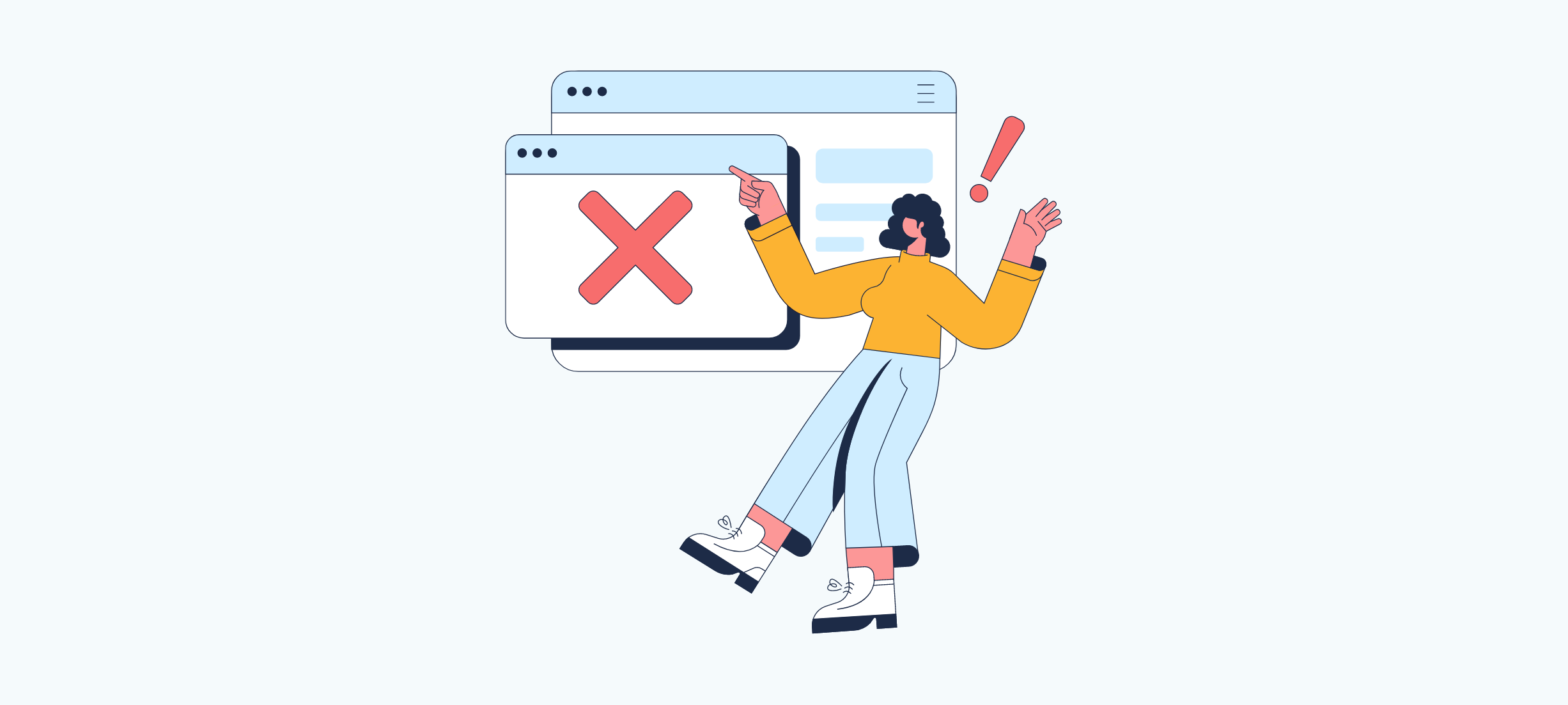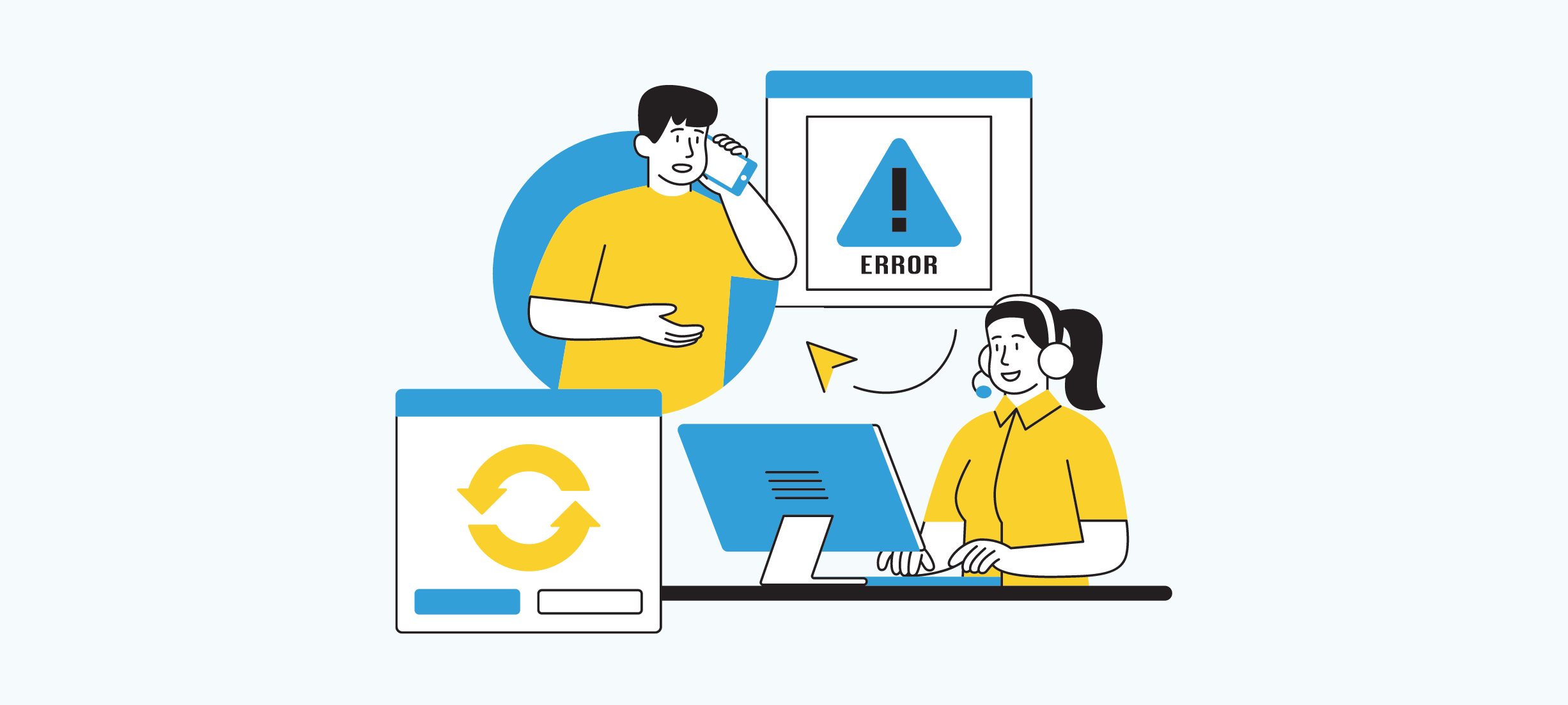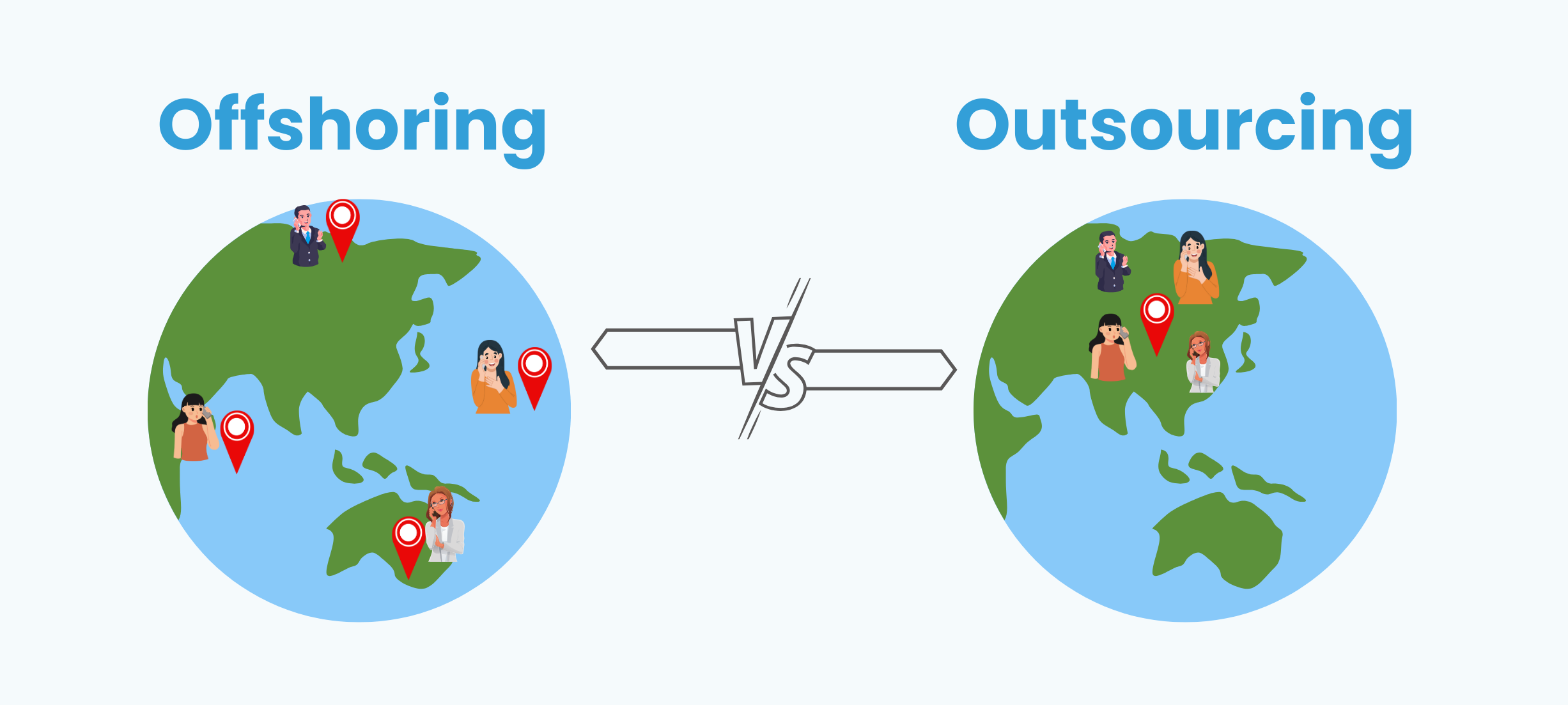Once you’ve sent off your tax return, you might wonder, “What happens once the IRS receives my return?” Let’s take a closer look at what goes on behind the scenes after the IRS gets your return.
Ever wonder where your tax refund is? Here’s how to find out!
When it comes to tax season, one of the most anticipated moments for many is receiving their tax refund. Thankfully, the IRS has made it easier than ever to track the status of your refund through their online tool called “Where’s My Refund?” This tool is a real lifesaver for those eagerly awaiting their refund.
Now, let’s talk about timing. Depending on how you filed your tax return, the timeline for when you can start checking your refund status varies. If you opted for the traditional paper filing method, you’ll need to wait a bit longer – about 4 weeks after mailing your return to the IRS.
Once you’re ready and within the timeframe, head over to the IRS website or download the IRS2Go app. There, you’ll find the “Where’s My Refund?” tool. Input your information. You’ll gain access to a tracker that shows you exactly where your refund is in the process.
The tracker typically goes through three main stages:
- Return received: This is the initial stage where the IRS acknowledges they’ve received your tax return. It’s the starting point of your refund journey.
- Refund approved: This is the stage where the IRS has reviewed your return and given the green light for your refund. It’s like getting the thumbs up that everything looks good on their end.
- Refund sent: Ah, the moment you’ve been waiting for! This stage means your refund has been processed and is on its way to you. It’s like hitting the jackpot, but with your own hard-earned money.
Once your refund is approved, you’ll even get a personalized refund date from the tool. It’s like marking your calendar for a little financial celebration.
Understanding your IRS tax refund status
Here are some common refund status messages you might encounter when using Where’s My Refund? tool, along with their meaning:
- From “PATH Refund Status” to “We have received your tax return and it is being processed”: This is a good sign! It means the IRS has received your return and it’s going through the normal processing steps, likely towards approval.
- From “Your tax return is still being processed” to “We have received your tax return and it is being processed”: This might be a cause for concern. While it could just be the initial processing stage, it might also indicate the IRS found a potential issue that could delay your refund.
- From “We have received your tax return and it is being processed” to “Your tax return is still being processed”: This likely means the IRS found an issue with your return, investigated it, and (hopefully) resolved it. Your refund should be on the way soon, but it might take some time for the status to update and a refund date to be set.
Check out our new blog – How to File a Tax Extension for My Small Business?
Get your tax refund faster: E-file and choose direct deposit!
Filing your taxes online is the first step to getting your tax refund faster. Once you hit ‘submit,’ the IRS gets your info right away. They check it against their records to make sure everything’s correct.
If everything checks out, they’ll let you know your return has been accepted within 1-2 days. But this doesn’t mean your refund is approved yet. The IRS still needs to look over your return carefully to make sure everything adds up.
If you choose direct deposit, you’re in luck! Most refunds arrive in your bank account within 21 days of acceptance. It’s a safe and quick way to get your money without worrying about lost or delayed checks.
So, while waiting for your refund can be nerve-wracking, knowing the process can help ease your mind. Just keep an eye on your mailbox or bank account, and you’ll get your refund within a reasonable time.
Understanding why your federal tax refund might be delayed
Ever wondered why your federal tax refund is taking longer than expected? It’s frustrating, right? Don’t worry; there are a few common reasons behind these delays that you should know about:
Errors in your tax return: Sometimes, simple mistakes like typos or miscalculations can slow things down. It’s a good idea to double-check your return for any of these slip-ups.
Filing status issues: Choosing the wrong filing status can cause confusion for the IRS. Make sure you’ve picked the right one to avoid any hold-ups.
Incomplete information: If you’ve missed filling in any sections on your tax forms, the IRS will need those details before they can process your refund.
Identity theft or fraud: Sadly, if your personal information has been compromised, it could delay your refund while the IRS sorts of things out.
Busy times for the IRS: Tax season can get hectic. If you file either very early or right before the deadline, it might take longer for them to process your return.
Banking delays: Sometimes, banks and credit unions have their own busy periods, which can slow down the time it takes for your refund to show up in your account.
Outstanding debts: If you owe money for past taxes, child support, or other government obligations, the IRS might use part or all of your refund to pay those off.
So, what can you do if your refund is delayed? First, check the IRS Where’s My Refund? tool for updates. If things still seem stuck, it’s a good idea to get in touch with the IRS directly for help.
Remember, the IRS will communicate with you officially through letters or notices. if there’s anything wrong with your return. They won’t send texts or DMs, so keep an eye out for formal communication from them.
How do changes to the child tax credit affect your tax refund?
Understanding the intricacies of tax credits and refunds
- Filing your taxes promptly
Even with potential changes to the Child Tax Credit (CTC), it is crucial to file your taxes promptly. The Internal Revenue Service (IRS) will automatically update your refund if any CTC revisions occur after you submit your return.
- State refunds and tax laws
Each state has its own tax rules and timelines, which means that your state refund might arrive at a different time than your federal refund. The method you choose to file (e-file or paper) and your refund method (direct deposit or check) can impact when you receive your state refund.
Different states have various departments responsible for handling refunds, such as the Department of Revenue or the Comptroller’s Office.
- Stay informed about your refund status
To track your state refund, visit your state government’s tax website for a “Where’s My Refund?” tool or a similar feature. You will typically need details like your Social Security number, tax year, refund amount, and sometimes your date of birth to access this information.
- Balancing federal and state refunds
To manage your finances effectively, keep track of both your federal and state refunds. Being aware of when to expect each refund will help you stay on top of your financial situation.
Understanding how changes to the Child Tax Credit may impact your tax refund is essential for proper financial planning. By filing your taxes promptly, staying informed about your refund status, and balancing federal and state refunds, you can better navigate the complexities of tax laws and ensure a smoother financial experience.”
- BookkeeperLive sssistance
- BookkeeperLive offers various services to help you with your taxes, whether you want expert assistance or prefer to file on your own.
- In BookkeeperLive Tax Preparation Service, a tax preparer will handle your taxes from start to finish.
- BookkeeperLive provides unlimited help and advice from tax experts while you file your taxes.
FAQs
- Can I receive a tax refund even if I owe other debts to the government?
In most cases, the IRS will apply any tax refund to outstanding debts, such as past-due child support payments or student loans. However, you may still receive a partial refund if the debts are lower than your refund amount.
- What should I do if I disagree with the IRS’s assessment of my tax return?
If you believe the IRS has made an error in processing your return, you can appeal their decision or request a conference with a revenue agent to discuss the matter.
- Can I amend my tax return if I made a mistake after the IRS has received it?
Yes, you can file an amended tax return using Form 1040-X to correct any errors or omissions.
- How does the IRS ensure the security of my personal and financial information?
The IRS employs various security measures to protect your information, such as data encryption, firewalls, and strict access controls. They also encourage taxpayers to use secure connections and be cautious of phishing scams.








